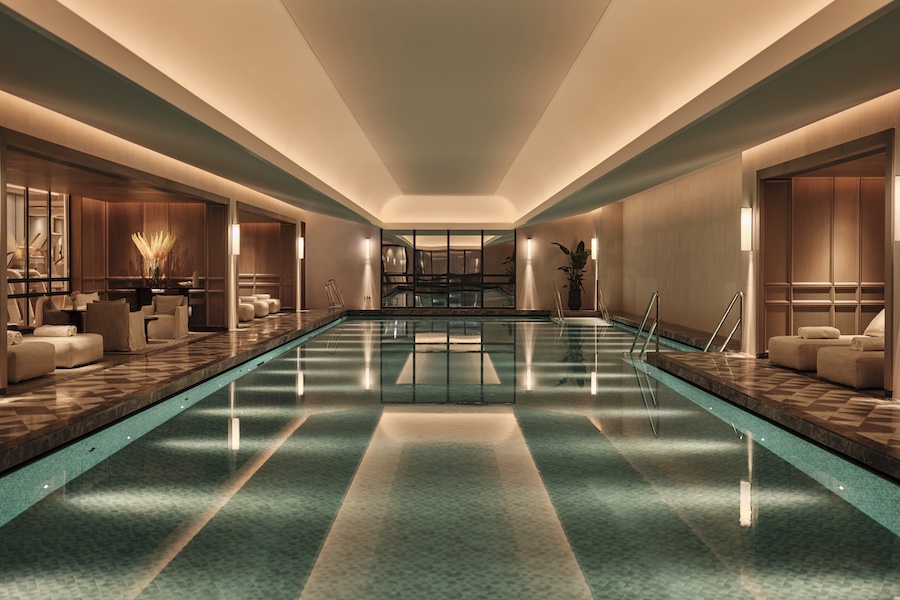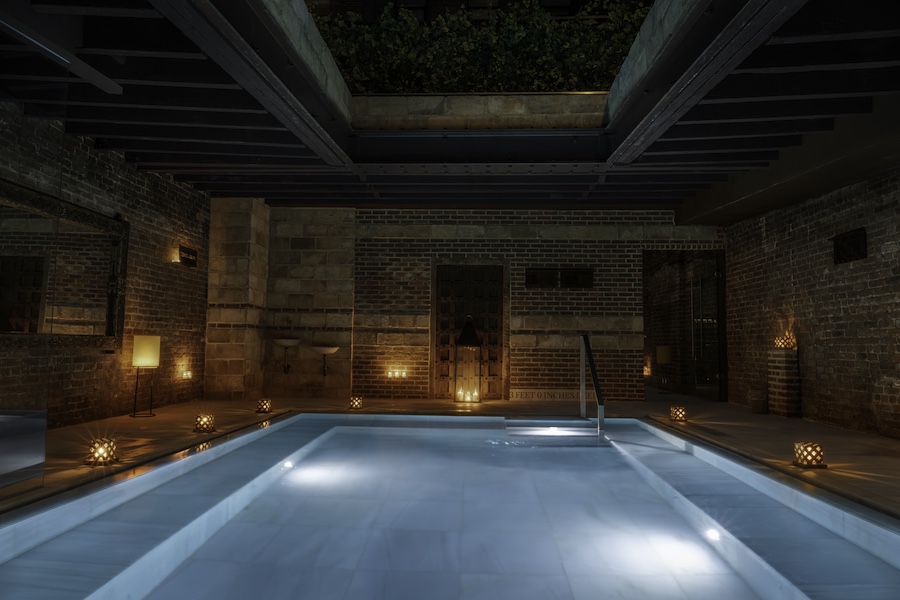 WATG has won the inaugural Sustainable Suite Design competition, sponsored by USGBC, ASID, and NEWH, with Hospitality Design (HD) magazine as the exclusive media sponsor. The contest aims to showcase the best hospitality design strategies that feature environmental responsibility while enhancing the guest experience.
WATG has won the inaugural Sustainable Suite Design competition, sponsored by USGBC, ASID, and NEWH, with Hospitality Design (HD) magazine as the exclusive media sponsor. The contest aims to showcase the best hospitality design strategies that feature environmental responsibility while enhancing the guest experience. In conjunction with global design consultancy IDEO, WATG created the winning suite concept called Haptik, a Greek term meaning to experience interactions based on the sense of touch. The design is meant to engage the senses, allowing the guest to discover how environmental responsibility can be achieved personally and collectively. The suite’s innovative green strategies include an "all-off" switch to ensure that lights are automatically turned-off based on passive infrared sensors (PIS) and room conditioning equipped by a four-pipe horizontal fan-coil system. Additionally, water use was key in reducing environmental impact; as such, the Haptik suite includes a Trombe wall in the shower that captures solar heat to warm the shower water and a greywater irrigation system that filters and recycles shower water to outdoor gardens and landscaping.
In conjunction with global design consultancy IDEO, WATG created the winning suite concept called Haptik, a Greek term meaning to experience interactions based on the sense of touch. The design is meant to engage the senses, allowing the guest to discover how environmental responsibility can be achieved personally and collectively. The suite’s innovative green strategies include an "all-off" switch to ensure that lights are automatically turned-off based on passive infrared sensors (PIS) and room conditioning equipped by a four-pipe horizontal fan-coil system. Additionally, water use was key in reducing environmental impact; as such, the Haptik suite includes a Trombe wall in the shower that captures solar heat to warm the shower water and a greywater irrigation system that filters and recycles shower water to outdoor gardens and landscaping.
The WATG and IDEO team will build and present their showcase at the 2010 Hospitality Design Exposition & Conference (HD Expo), May 19-21, in Las Vegas.
Judges deemed the student/young professionals winner to be the Starter Kits, a team from Parsons New School for Design that educates young professionals in metropolitan areas about more efficient ways to live sustainably. The group’s design, Front Street Hotel in Brooklyn, retrofits an existing building as the hotel location and pays homage to the area’s industrial/manufacturing past while integrating the present-day artsy vibrancy of the neighborhood. The design includes an interactive kiosk for guests to learn about the hotel’s sustainable elements such as pre-loaded subway fare cards in each guestroom to encourage mass transit travel, use of salvaged wood, and constructing a green roof.
Design submissions were judged on three overarching categories: design elements (water efficiency, energy and atmosphere, materials and resources, and indoor environmental quality), education (guestroom attributes and guest practices), and overall design (integrated design approach, originality and innovation, general aesthetic, and financial feasibility). To ensure impartiality of the winning design, participants could not solicit monetary donations, but rather had to submit a list of in-kind product contributions from sponsors.



